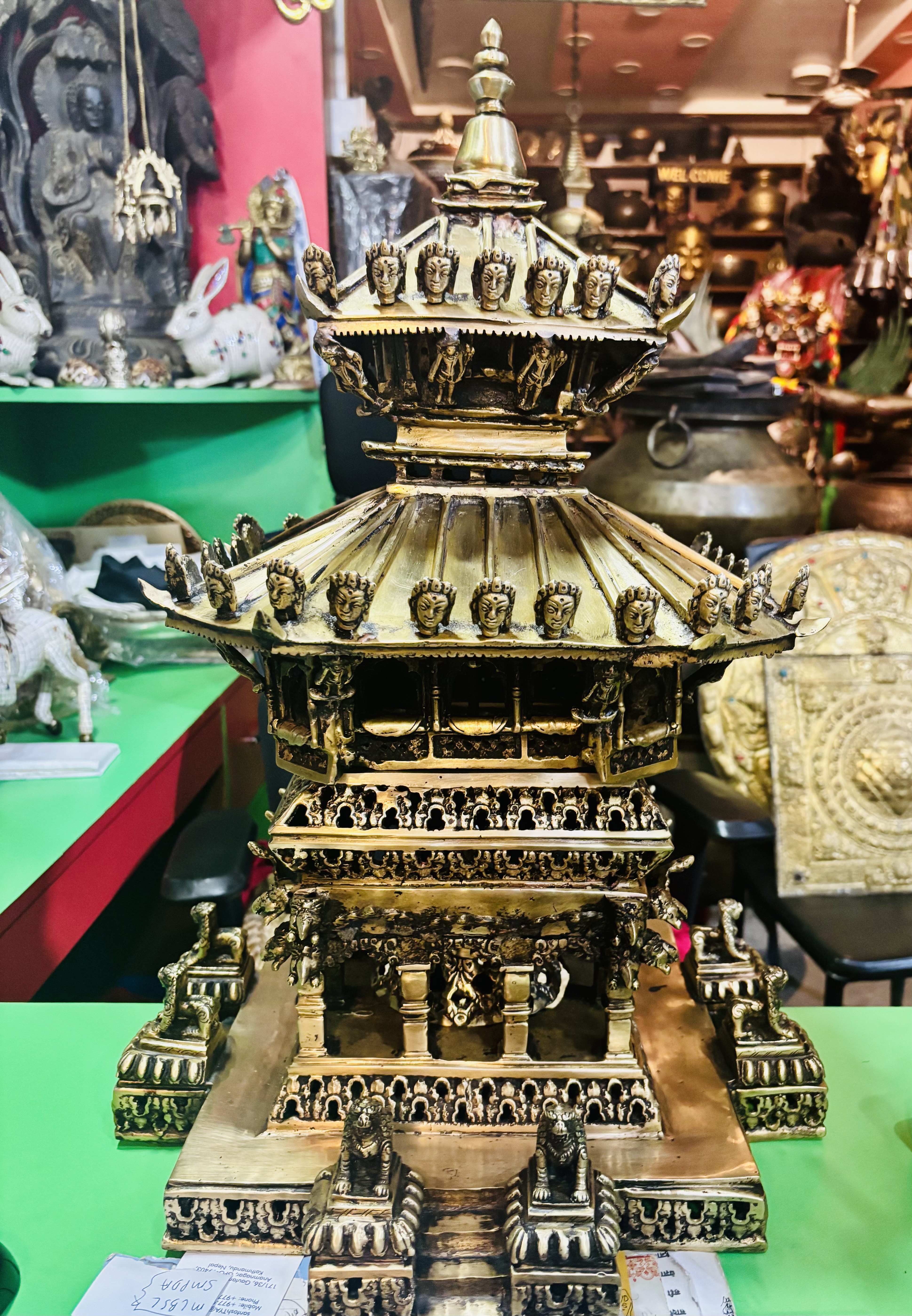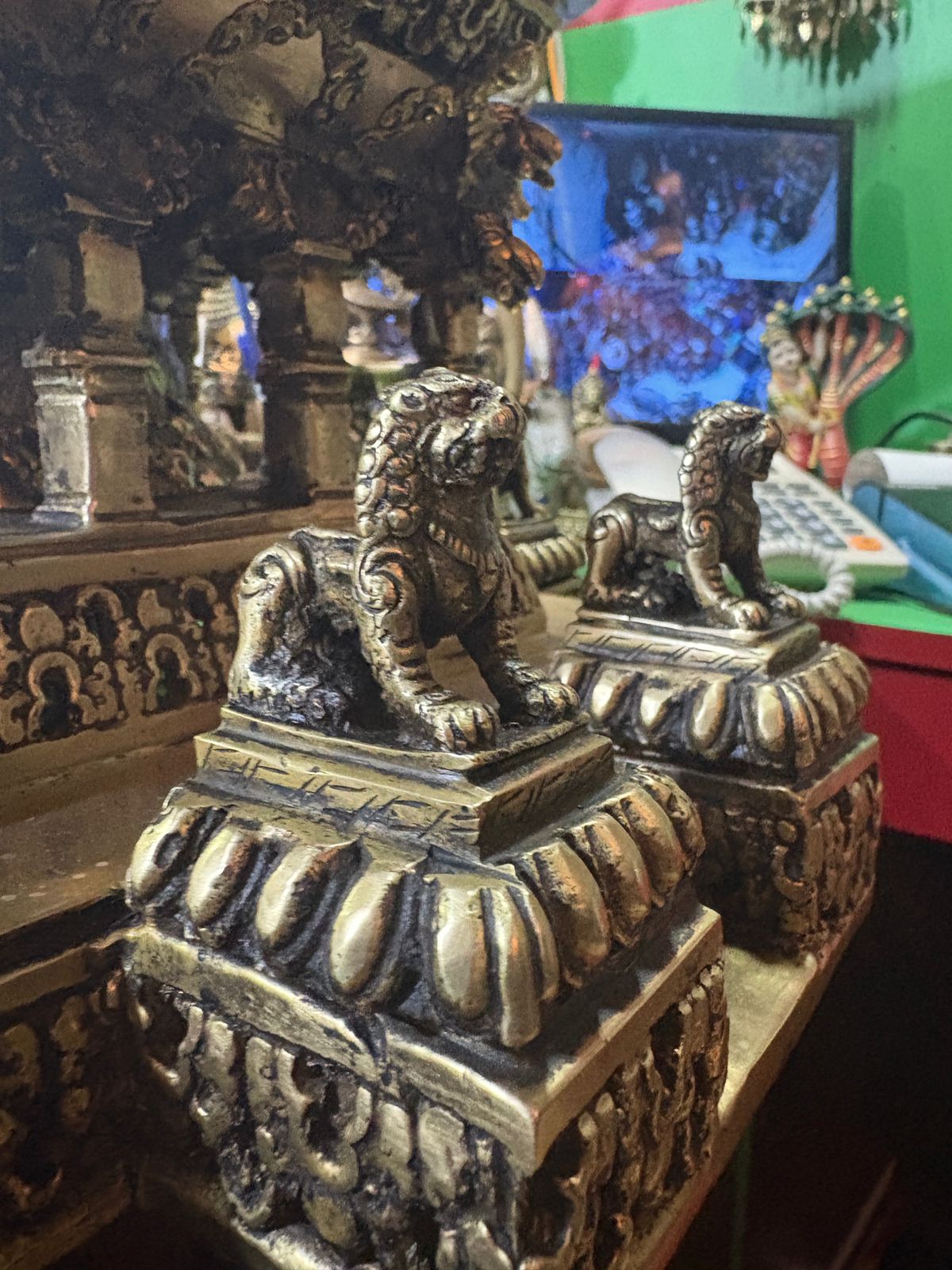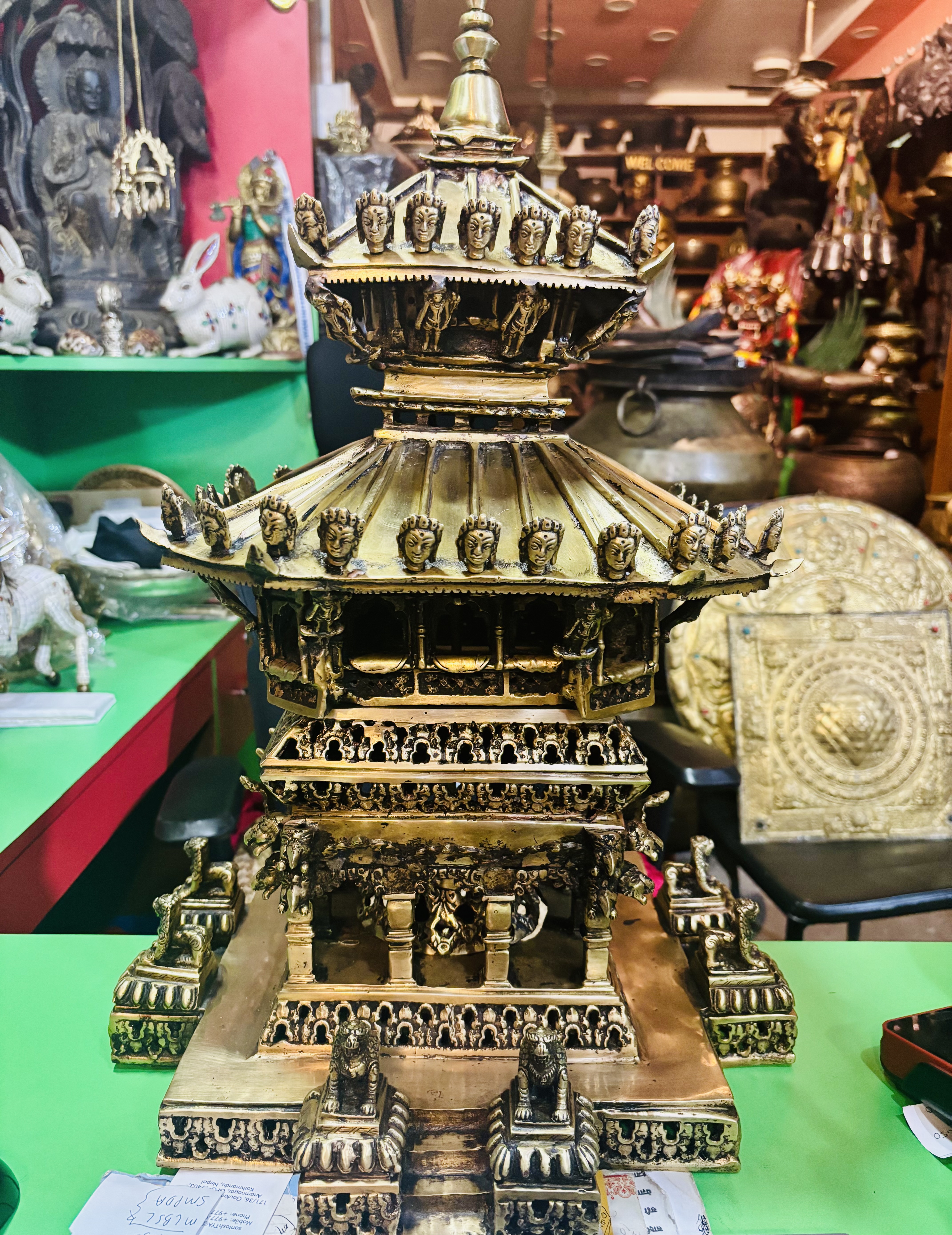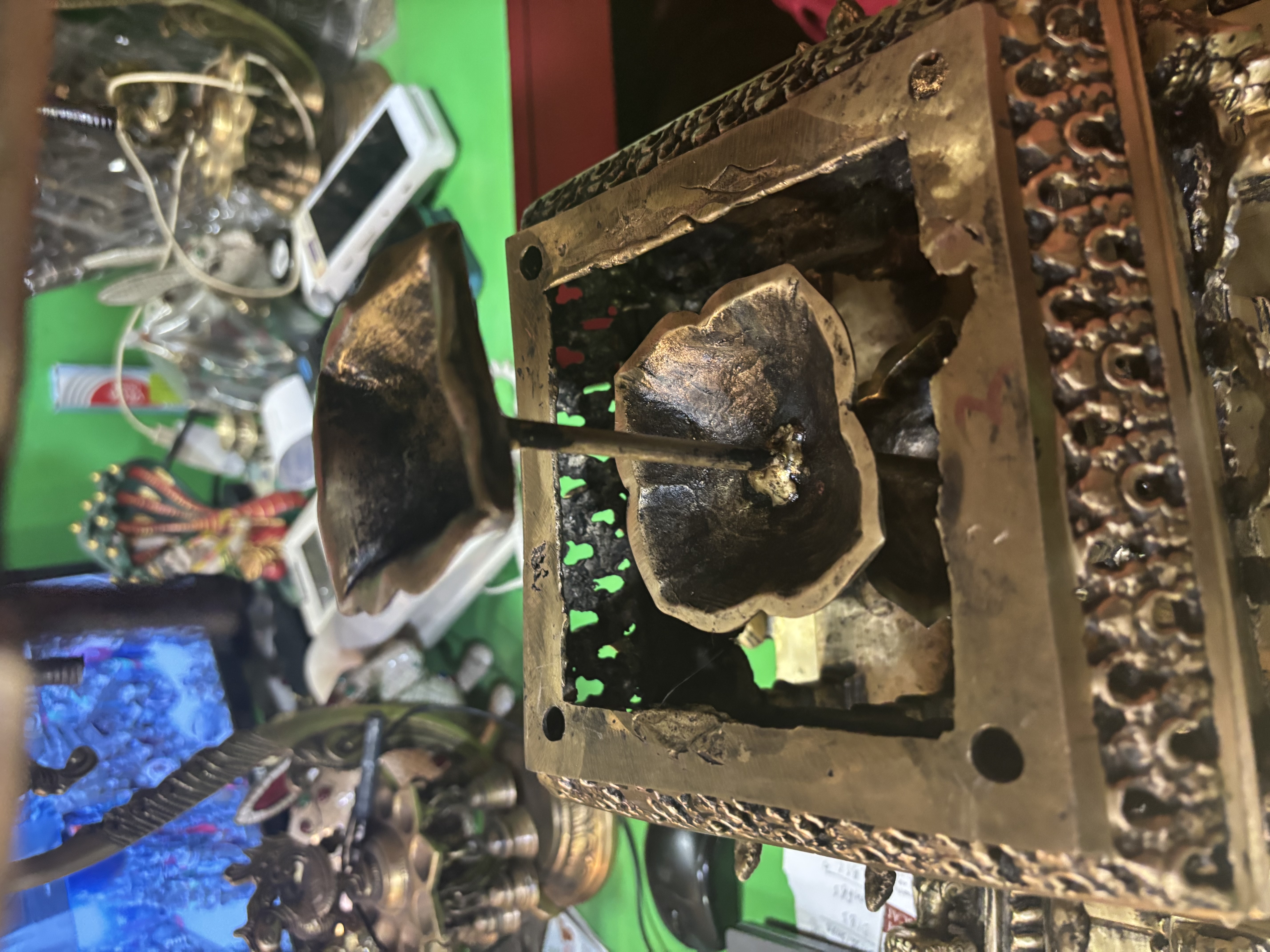Chyasalin mandap
Historical Importance
The octangular Chyasalin mandap pavilion is not a temple, despite the fact that most people mistake it for one.
Despite the fact that it is only a pavilion, it is one of the most stunning constructions of the Malla era. The kings of Bhaktapur, however, were not responsible for its construction. The entire credit goes to King Srinivas Malla, the then-King of Lalitpur who erected it as a sign of friendship.
Aside from that, there is an intriguing story concerning the Chyasalin mandap’s construction, which explains why it was built between the Pashupatinath temple and the 55-window palace. There is a Hindu concept that one should not live in front of the glorious deity.
And living directly in front of the Pashupatinath shrine was bad for both the king and the kingdom. Thus, Chyasalin Mandap is reported to be built in between them to avoid the temple’s powerful aurora from directly striking the palace.
This venue once was also a popular choice for the poetry contest. According to published knowledge, King Bhupatindra Malla and his consort once held a poetry competition at this spot.
This pavilion was also used to welcome royal guests, observe festivals, and enjoy the breathtaking sunset views.
Unfortunately, it was destroyed by the catastrophic earthquake of 1934 A.D. and lost its original form. Later, in 1992 A.D., the German architects graciously reinstall this covering at its original speed. They used steel and the ruins of the old chyasalin mandap there. As a result, it was completely impervious to the April 2015 earthquake.
















